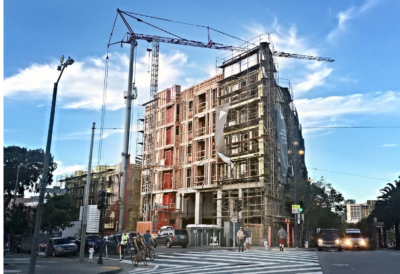Protecting the Bay Against Rising Seas Means Amending Old Approaches
After four years of research, the Bay Conservation and Development Commission made an informed and unanimous vote to amend 50-year-old anti-fill legislation from the 1969 Bay Plan. New ecological approaches and research show that filling can actually provide substantial benefits that facilitate sea level rise adaptation of bay habitats that are increasingly vulnerable to drowning and erosion caused by climate change. Recent state projections calculated by the California Ocean Protection Council on the bay’s rising tides suggest an increasing range from 12 to 80 inches by 2100, with the pace picking up after 2050.
This proactive policy change advances that fill or dredged material can be permitted for different kinds of habitat restoration projects around the bay. Creating wetlands along the bay can absorb tidal energy and reduce flood risks from sea level rise; however, they need time to establish and modern fill strategies can facilitate that development. In recent years, the Council co-chaired successful Regional Measure AA campaign which will raise $500 million over 20 years for wetland restoration and flood protection projects. This year, the Council helped establish a new permit streamlining system known as the Bay Restoration Regulatory Integration Team, which will shorten the length of time to obtain restoration permits from years to months. To engage with the Council’s Committee on Water & Climate Resilience, please contact Policy Manager Amari Cowan>>





